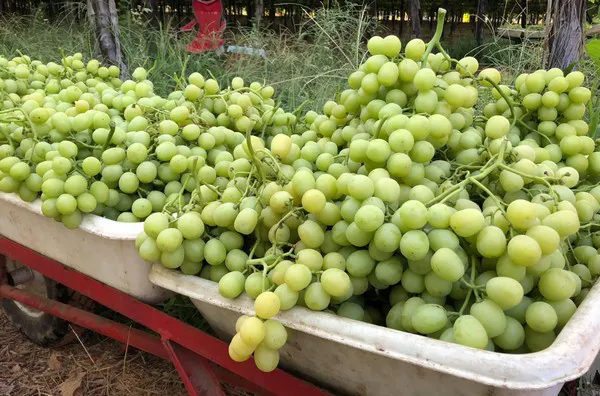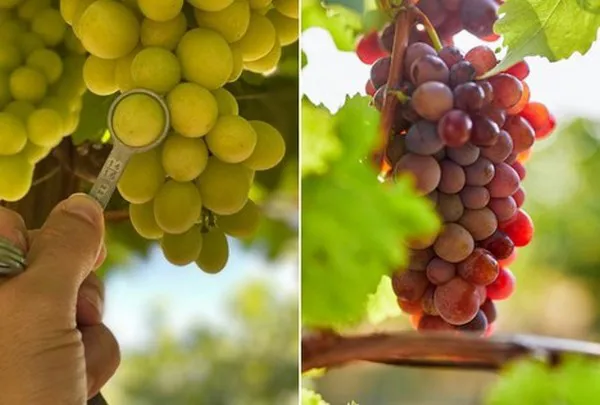While supplies of grapes had been wavering in the past month, overall volumes are now starting to maintain a sense of normalcy.
Peru: Peru’s political unrest means grape volumes have been sporadic. “You get weeks where there are very good arrivals from Peru because they’ve been able to ship by container and then they hit a time period last week where they were not able to pack and ship for a 10-12 day period,” says Mike Asdoorian of DLJ Produce. “That inventory was being held and waiting for the ability to ship by boat.”
So the question now is: what’s left to ship from Peru and what’s available to harvest, though the country’s total crop volume this season is up and expectations are that that will continue to be the case. “With new varieties, Peru can stretch its season a little longer--especially with an Autumn Crisp that goes a little bit longer in harvest,” says Asdoorian. “They’ll harvest through late February into early March--typically your last arrivals from Peru are in the middle of March.”

Chile: Cool weather means Chile’s season has been slow to start. However, the country is finally hitting better volume which is arriving in the U.S. and other markets. “Chile’s overall volume has been down a little bit but I still expect it to ship the same volume it typically ships to the U.S.,” says Asdoorian.
With the marketing order for Chile generally April 10th, product should arrive shortly past that to the U.S. “If Mother Nature cooperates, I expect to see Chilean fruit and eventually Chilean red grapes into late April or early May,” he says. “The green deal comes up a bit earlier because it’s storage green grapes on the late crop and there’s a finite volume and demand is always pretty good, even at a higher retail point. I would expect to see red stretch a bit longer.”
With volumes coming on later, that poises Chilean grapes to move into promotional opportunities in March on red and green seedless and into April on red seedless especially.

As for demand, it’s mixed. “Green seedless are moving faster than red seedless grapes,” says Asdoorian, noting it’s also currently experiencing a shortage of black seedless from both countries. “Demand was good until this point. Most of January was pretty sporadic, driven by the fact that there wasn’t a lot of fruit arriving. Now that harvest volume is coming, we’ll see some signs of weakness moving into mid-February. The East Coast is starting to feel the volume first and the West Coast will also.”
With FOBs likely set to decline, that may spur retailers to promote more. “The pricing structure up until this point has been moderately good and relatively stable,” he says. “However with this increased volume coming, that will allow that to come down a little bit. We haven’t seen a lot of promotions yet whereas hopefully mid-February but especially March, retailers will be driven to start writing ads to promote movement.”
 For more information:
For more information:
Mike Asdoorian
DLJ Produce
Tel: +1 (559) 248-1855
mikea@dljproduce.com
www.dljproduce.com

